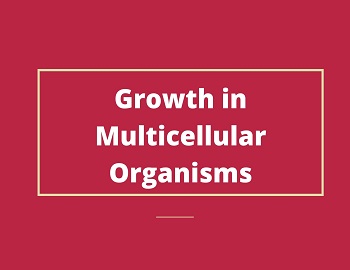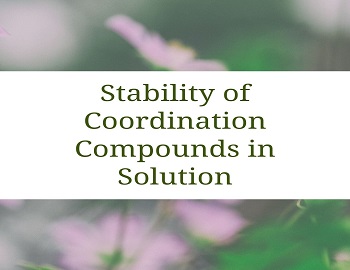Growth in Multicellular Organisms:
Cells of multicellular organisms are highly complex and are difficult to grow in isolated conditions because of their tendency to form aggregates. Tissue-culture techniques have been applied to study isolated cells in nutrient media which, after a few divisions, form aggregations to give rise to tissues. In such cells, it is difficult to estimate their independent growth.
Every multicellular organism starts its life as a single cell, the zygote, which undergoes cleavage divisions- resulting in a whole organism. Although the early development of zygotes is more or less similar, the sea urchin egg provides the best example where minutest details of cleavage have been traced. The zygote undergoes cell divisions at a constant rate in the beginning, but after a bride period, the divisions become not only unequal but slower too. This happens because the interval between each successive division increases and many cells cease to divide. Hence, the division becomes unsynchronized but growth continues. The main metabolic events involve DNA synthesis and the formation of new nuclei. During embryonic development, a decline in cell division is due to cell differentiation, which renders fewer cells available for divisions. As a result, cell division is restricted to undifferentiated and immature cells, and the growth of the organisms rests largely with these cells only.
Growth also depends upon the size of the cell. For instance, plant cells are larger than animal cells. The animal cells from different tissues have variable sizes. In general, the size of the cell is related to its nuclear content; larger cells have bigger nuclei. Many giant cells have numerous nuclei, as in striated muscle cells and Paramecium. When a cell reaches its maximum size, either it divides or remains stationary for some time until death.
In multicellular plants, growth is restricted to meristematic regions, which are growing points such as roots, shoots, leaf primordia and reproductive organs. Cells in the growing region are not firmly attached to each other, but slide over as they elongate. Cell growth in apical meristems is followed by an increase in size and differentiation into the parenchyma, collenchyma, sclerenchyma, xylem, phloem etc. and contribute to tissue formation.









Comments (No)